During the past 400 years the desertification process has progressed in central México. Where lands have previously been covered with temperate forest, sub-humid tropical forest and semi desert vegetation these have been gradually transformed into agricultural and rangeland systems, which are managed as monocultures. As a consequence, native vegetation is disappearing despite the needs for timber, forage, medicine and other derivates from native shrubs (such as honey and colorants used in local industries of rural areas).
A few weeks ago my wife Jo Ann and I commenced a project to reforest our rancho. It is located about twelve miles from San Miguel de Allende and has been severely depleted by farming, deforested and used as grazing pastures. Through this research we discovered an amazing governmental organization located just outside of Celaya. The organization is called the Instituto Nacional de Investigaciones Forestales, Agricolas y Pecuarias (INIFAP). The section of INIFAP that we have been working with is headed up by Dra. Rosario Terrones Rincón who has her Ph.D. from Cornell University and has been running the organization for the past five years.
We were first introduced to INIFAP a few weeks ago when we attended a lecture on pruning and caring for native plants at el Charco del Ingenio jardín botánico. During this lecture Kirti Mathura, curator of shrubs at the Desert Botanical Garden in Phoenix AZ, lead a discussion on the beauty and benefits of using native plants. We have significant experience gardening and landscaping with plants native to both Northern and Southern California, but we have never landscaped with plants native to a higher desert elevation. We asked a number of questions and several people directed us to a book written by three people from INIFAP, including Rosario. The book has many photos which give great examples of the various plants and shrubs that are native to the state of Guanajuato. It is written only in Spanish so be prepared to spend some serious time with your translation dictionary as many of the topics are of a technical nature and not part of your normal Spanish conversational repartee.
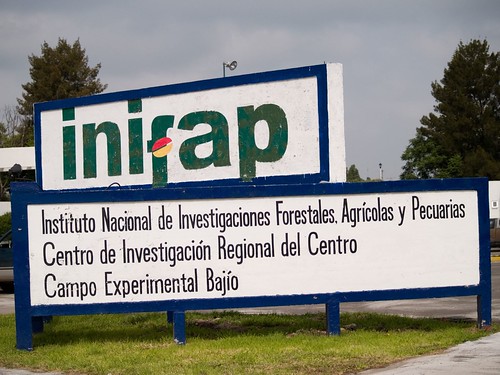
After reading portions of this book we commenced our journey to Celaya to look at the nursery that is located at INIFAP and see what plants they had available to purchase. When we arrived we were directed to Rosario’s office where she spent several hours explaining the benefits of using native trees and shrubs as well as background information on her research. This is truly an amazing program where Rosario takes a team from INIFAP out to rural communities, (which have been identified by social workers). These communities have agricultural and ranching lands that have been severely deforested and can not sustain the local residents. In many of the cases these communities are maintained only by the women of the village as most of the men are up north working to provide for their families in México. During these sessions Rosario will teach the women about the benefits of planting native trees and shrubs, how to propagate seed for future plantings, what is the proper way to prune the trees for wood so that the tree is not destroyed and how to plant for agricultural production that does not diminish the land.
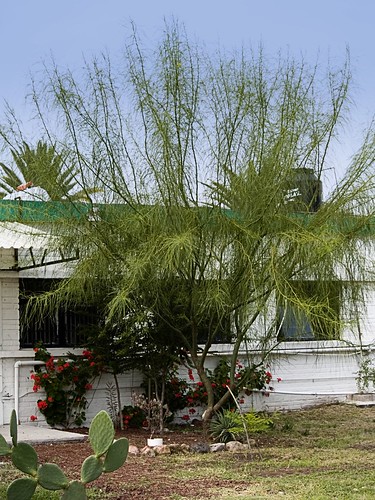
Rosario showed us some photos of these research sessions and explained to us that in many cases the plants had to be planted in newspaper and garbage. This is because all normal compost materials are fed to livestock and there is no other source of material to plant the trees and shrubs as the ground is tepitati and as hard as concrete.
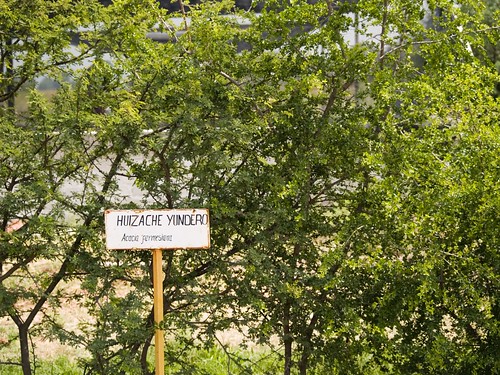
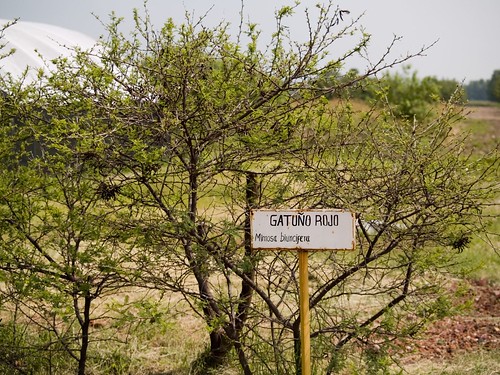
After another week of discussions with Rosario we have now agreed to move forward with our reforestation project. We have purchased around 350 native trees and shrubs consisting of over 25 different varieties and are planning our order for next year’s plants to continue our efforts in reforestation. Rosario has asked us to assist her with her research regarding the use of drip irrigation on native plants as we have significant experience in working with this manner of irrigation. She has never had the funding to incorporate irrigation into her research so we will be jointly monitoring the effects that it has on the growth and development of the plants. At least I have a couple of months before I have to worry about installing the drip system should we have an average rainy season here in San Miguel de Allende.
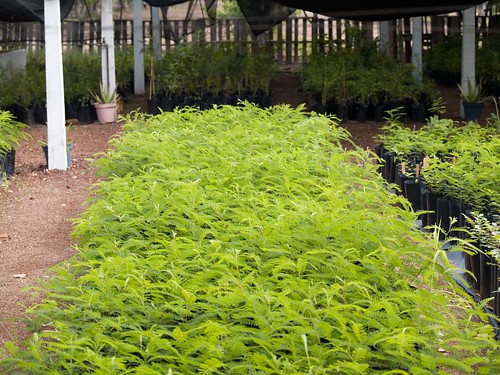
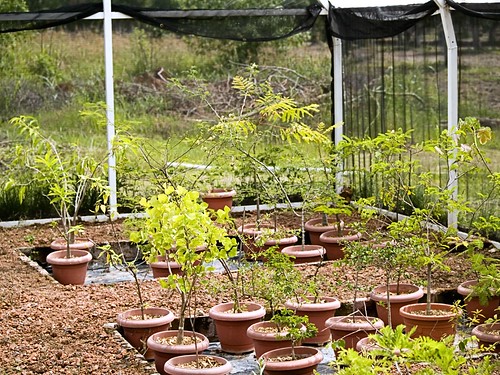
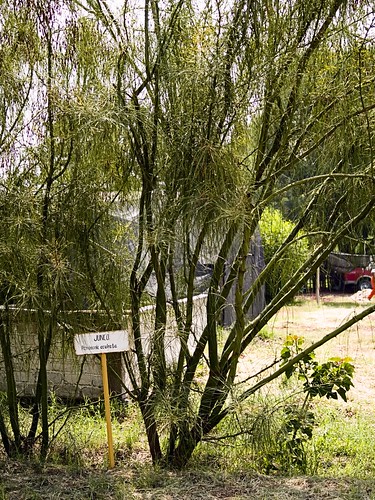
I will continue to write about our progress with the plantings over the next several weeks with many photos on the plantings and the changes to our rancho. But if you want to just watch the progress, I will be posting a lot more photos than what will show up on this blog at my flickr set on reforestation at flickr reforestation
1 comment:
Hola - Appreciate your efforts for planet earth. We have a Campo a few miles above Xico, Veracruz, MX. We are striving to educate and encourage cleaning up our rio's. I would like to add your Blog to our links list - but always feel the need to ask - would this be OK?
John Calypso
www.vivaveracruz.com/blog/
Post a Comment